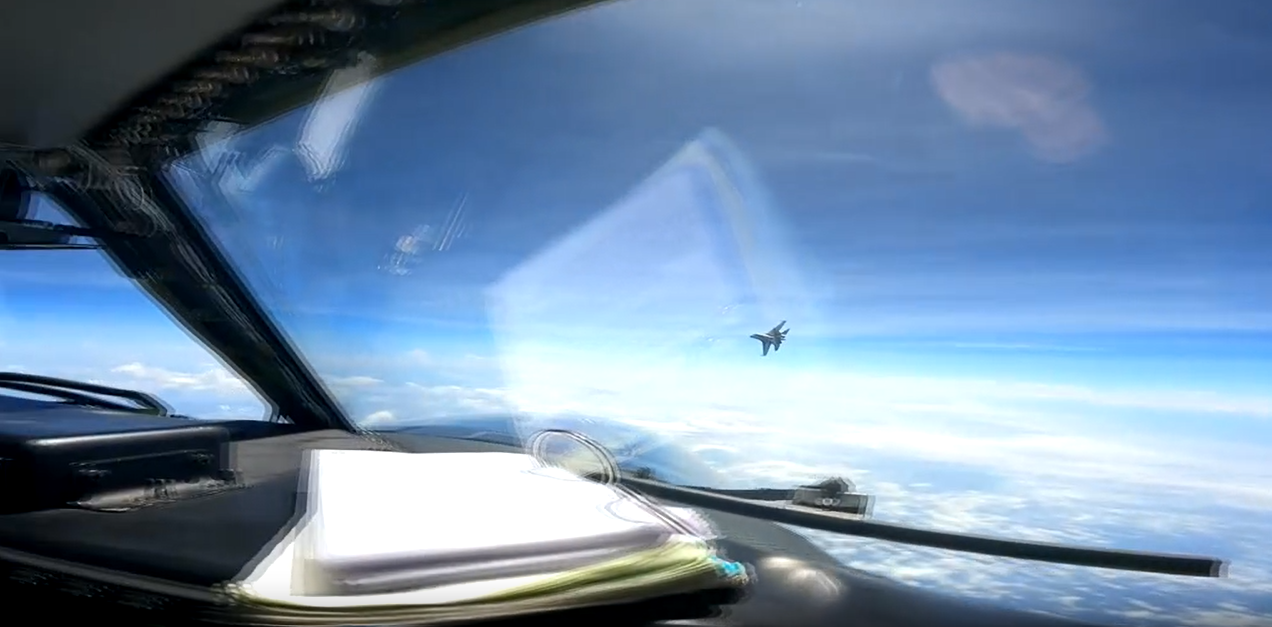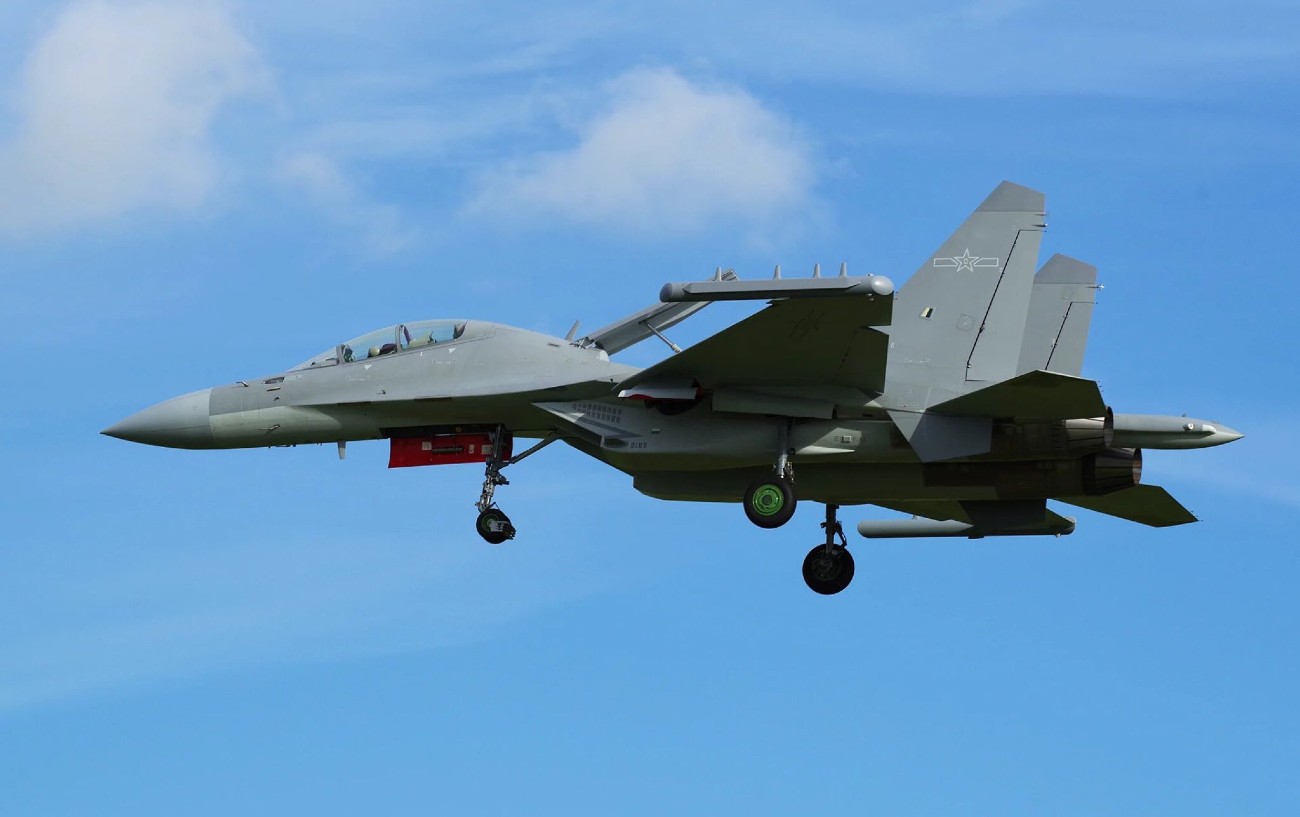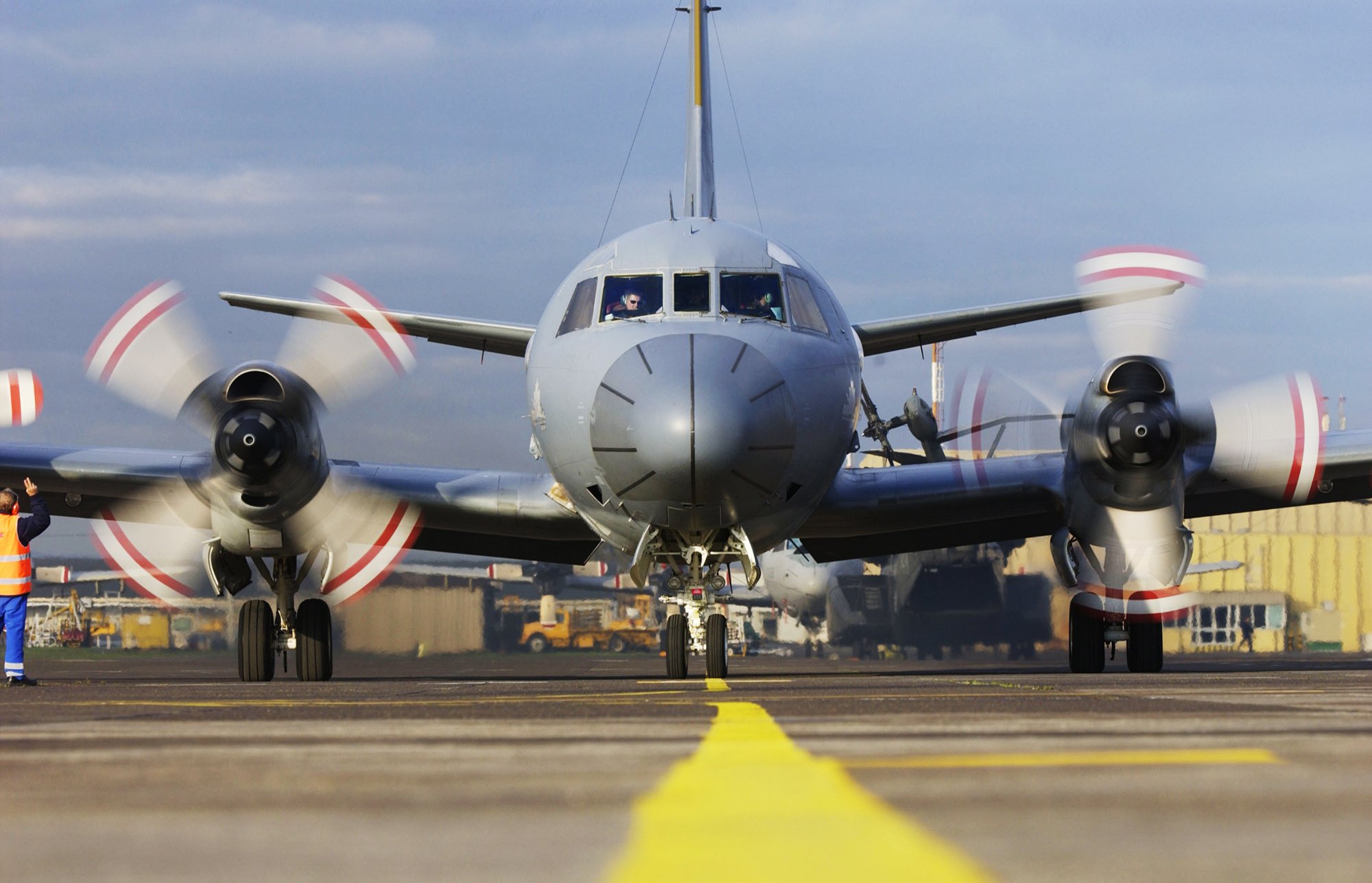The US military released a video on May 30 depicting an incident where a Chinese fighter jet engaged in an “unnecessarily aggressive” maneuver against an American aircraft over the ‘highly contested’ South China Sea.
MiG-29 vs F-16: Why MiG-29 Fulcrums Are Better Suited For Ukraine To Hold Russian Air Force Than Fighting Falcons
The US military command overseeing the Indo-Pacific region, known as “Indopacom,” revealed in a statement accompanying the video that the incident transpired over international waters last week.
On May 26, the Chinese J-16 fighter jet performed a dangerous maneuver by abruptly crossing the path of the US RC-135 Rivet Joint reconnaissance aircraft, causing the American plane to navigate through the turbulence generated by the intercepting aircraft.
The released video footage of the incident demonstrates the turbulence’s disruptive effects on the US aircraft’s flight path. The US Indo-Pacific Command said the RC-135 was carrying out “safe and routine operations” in international airspace.
“The United States will continue to fly, sail, and operate – safely and responsibly – wherever international law allows,” the statement said. “We expect all countries in the Indo-Pacific region to use international airspace safely and under international law.”

Captured from the cockpit of the US reconnaissance plane, the footage depicts the Chinese jet approaching closely in front of the aircraft before abruptly changing course, followed by a visible shaking of the camera as the US plane encounters turbulence.
The interception incident occurred at a time of heightened tension between the two nations, arising from various factors, including former House Speaker Nancy Pelosi’s visit to Taiwan last August and the US military’s action of shooting down a Chinese spy balloon that flew over sensitive US military installations in February.
The Chinese government asserts territorial rights over most of the South China Sea, considering it its own waters, and consistently criticizes US military activities in the region.
China issued a notification directive in 2021 to reinforce its claim, imposing certain regulations on foreign vessels navigating through these waters.
#USINDOPACOM Statement on #PRC Unprofessional Intercept: "We expect all countries in the Indo-Pacific region to use international airspace safely and in accordance with international law."
Read more⬇️https://t.co/jeAEg1lHXz pic.twitter.com/AvPKRZHCZB
— U.S. Indo-Pacific Command (@INDOPACOM) May 30, 2023
The order applies to submersibles, nuclear vessels, ships carrying radioactive materials, ships transporting bulk oil, chemicals, liquefied gas, and other hazardous substances, and vessels considered a potential threat to China’s maritime traffic safety.
In response to Indopacom’s statement, Liu Pengyu, a spokesperson for Beijing’s embassy in Washington, labeled US reconnaissance operations in the area as a “serious danger” to China’s national security.
“For a long time, the US has frequently deployed aircraft and vessels for close-in reconnaissance on China, which poses a danger to China’s national security,” Liu said.
The Chinese spokesperson further asserted that the root cause of maritime security issues lies in the provocative and dangerous actions taken by the United States.
Speaking anonymously, a Chinese analyst said that the US media’s portrayal of “aggressive” actions by Chinese PLAAF against US aircraft is only aimed at amplifying the “China threat” theory.
The analyst says – what is a US spy plane doing miles from its country and so close to the Chinese border? It is basically spying on Chinese military positions and, in the name of freedom of navigation, is conducting malicious operations.
On the other hand, Shashank S Patel, a Geopolitical and Defense expert, told the EurAsian Times that China’s aggressive behavior towards the US forces in the region is driven by its territorial claims over the South China Sea, despite international jurisdiction designating it as open waters. China invokes historical narratives to justify its actions.
Patel further explained that “China refuses to play a passive role in the region and is likely to continue engaging in confrontations with other countries in the near future.
The People’s Liberation Army Air Force (PLAAF) has significantly strengthened its capabilities in special reconnaissance missions. Fire & Fury is the near-future strategy of China to reclaim what their world view is.”

Escalating Encounters
In recent months, US forces have encountered perilous aerial incidents with adversarial nations, including Russia.
One notable incident occurred on March 14, 2023, when a Russian Su-27 fighter jet intercepted and inflicted damage upon an American MQ-9 Reaper drone, forcing it to be crashed into the Black Sea.
This marked the first direct engagement between the Russian and United States Air Forces since the Cold War era. Nonetheless, the latest encounter with the Chinese fighter jet resembles a previous incident involving US and Chinese military aircraft in late December.
During that encounter, a Chinese Navy J-11 fighter jet intercepted another RC-135 Rivet Joint aircraft over the South China Sea, leading the US to label the maneuver “unsafe.”
The Chinese fighter came within a mere 20 feet of the US spy plane’s nose, compelling the larger and heavier US aircraft to take evasive actions, as the US Indo-Pacific Command reported at the time.
An Indopacom spokesperson has expressed concern over an alarming rise in the frequency of high-risk aerial intercepts by Chinese aircraft.
These encounters have witnessed increased aggression from Chinese aircraft, with closer proximity to US and allied aircraft, raising worries about potential incidents or miscalculations that could compromise safety.
In November 2022, Canada revealed that their military aircraft, stationed in Japan for a multinational effort to enforce United Nations sanctions against North Korea, encountered multiple incidents involving Chinese fighter jets.

Similarly, Australia reported last year that Chinese fighter planes intercepted one of its jets during a routine operation in the South China Sea, adding to the ongoing regional disputes.
These encounters occurred on numerous occasions, highlighting the frequency of such incidents and raising concerns about the safety and stability of the region.
However, Beijing has frequently accused the United States and its allied nations of “spreading disinformation” regarding purported risky maneuvers conducted by Chinese military pilots in international airspace.
In recent years, the South China Sea has become a significant potential hotspot in the Asia Pacific region. This strategically important waterway contains abundant fish, oil, and gas resources and serves as a crucial route for approximately one-third of global shipping.
- Contact the author at ashishmichel(at)gmail.com
- Follow EurAsian Times on Google News




